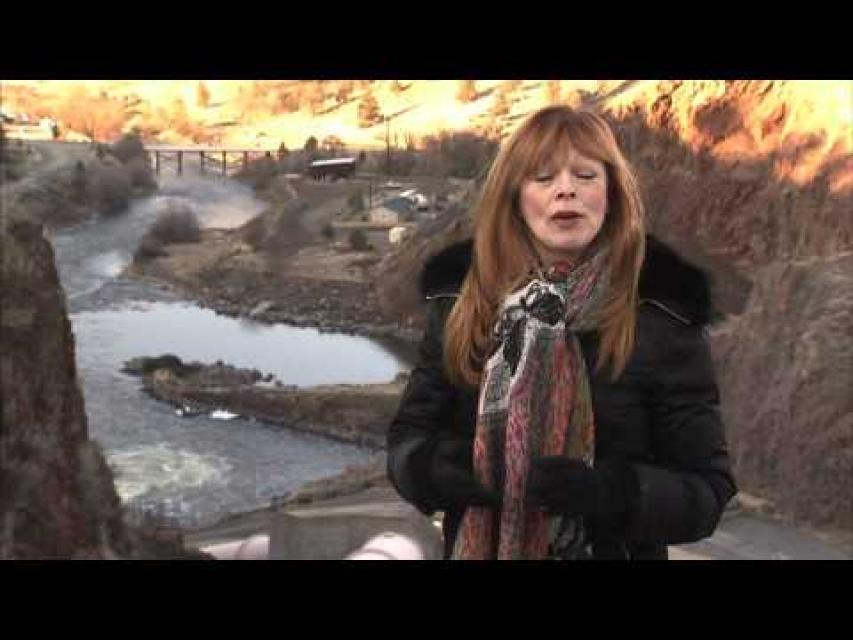Klamath Basin Water Quality
On the Klamath River, the Upper Klamath Basin’s aquatic ecosystems are naturally very productive due to its phosphorus-rich geology.
However, this high productivity makes the Basin’s lakes vulnerable to water quality problems.
Nutrient loads in the Upper Klamath Basin are a primary driver of water quality problems along the length of the Klamath River, including algal blooms in the Klamath Hydroelectric Project reservoirs. Municipal and industrial discharges of wastewater in the Klamath Falls area add to the nutrient load.
A high concentration of algae in water also reduces the amount of oxygen available to fish.
In addition, certain species of algae contain toxins that, if ingested, can be harmful to humans, fish and wildlife. Such species are now regularly detected in the Klamath Hydroelectric Project reservoirs and in eddies in the Lower Klamath River.
Elevated temperature is another water quality problem in the Lower Klamath Basin thought to be increasing stress on salmon populations. Alterations to natural river flows —chiefly through dam construction and water diversions —have altered seasonal temperature patterns in the Klamath River and its tributaries, resulting in harmful elevated temperatures during the fall spawning season.
Klamath Basin Water Quality Improvement Plans
Water quality improvement plans call for a roughly 80 percent reduction in nutrient loading into the river. Strategies for achieving that goal are still being evaluated; they may include the restoration and construction of wetlands in the Upper Basin, as well as treatment of agricultural drainage water.
Measures to address temperature problems include reductions in sediment loads to the river (sediment can, for instance, fill in pools that provide cool-water refuges for salmon) as well as increased shading of streams and rivers by trees and vegetation. Because water heats up in reservoirs, removing the Klamath Hydroelectric Project dams would have a beneficial effect on temperatures in the Lower Klamath River, according to modeling studies.










